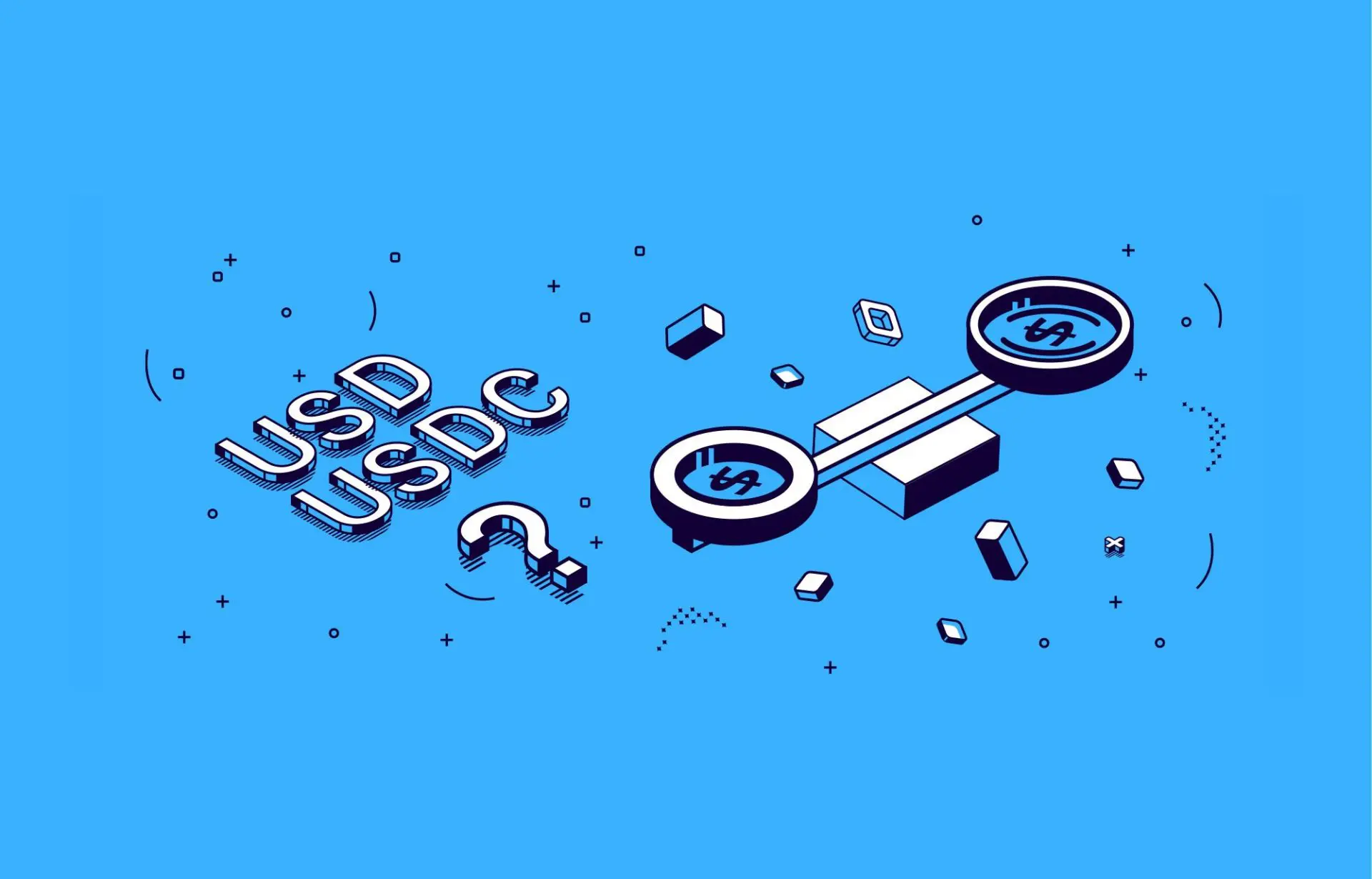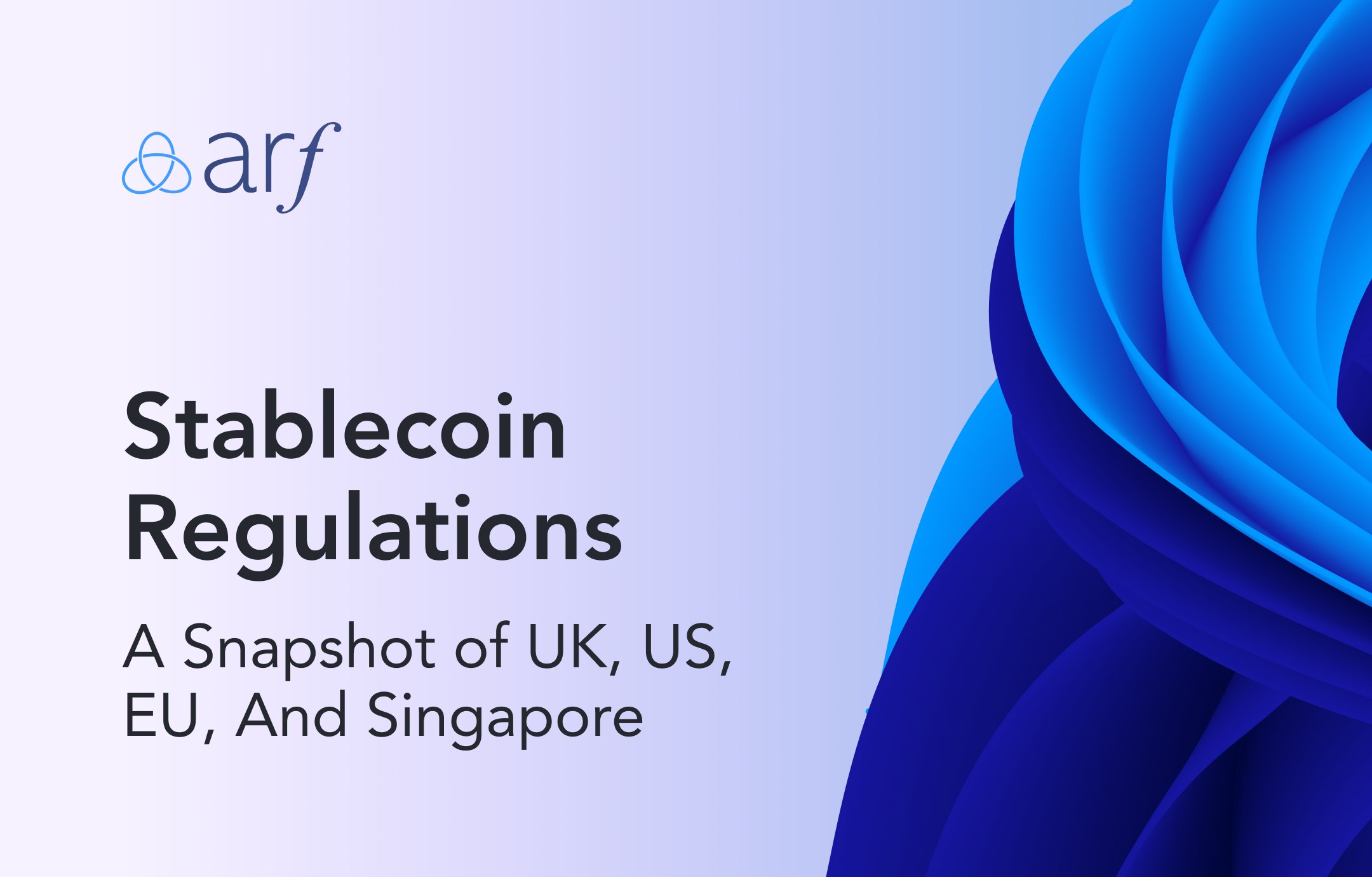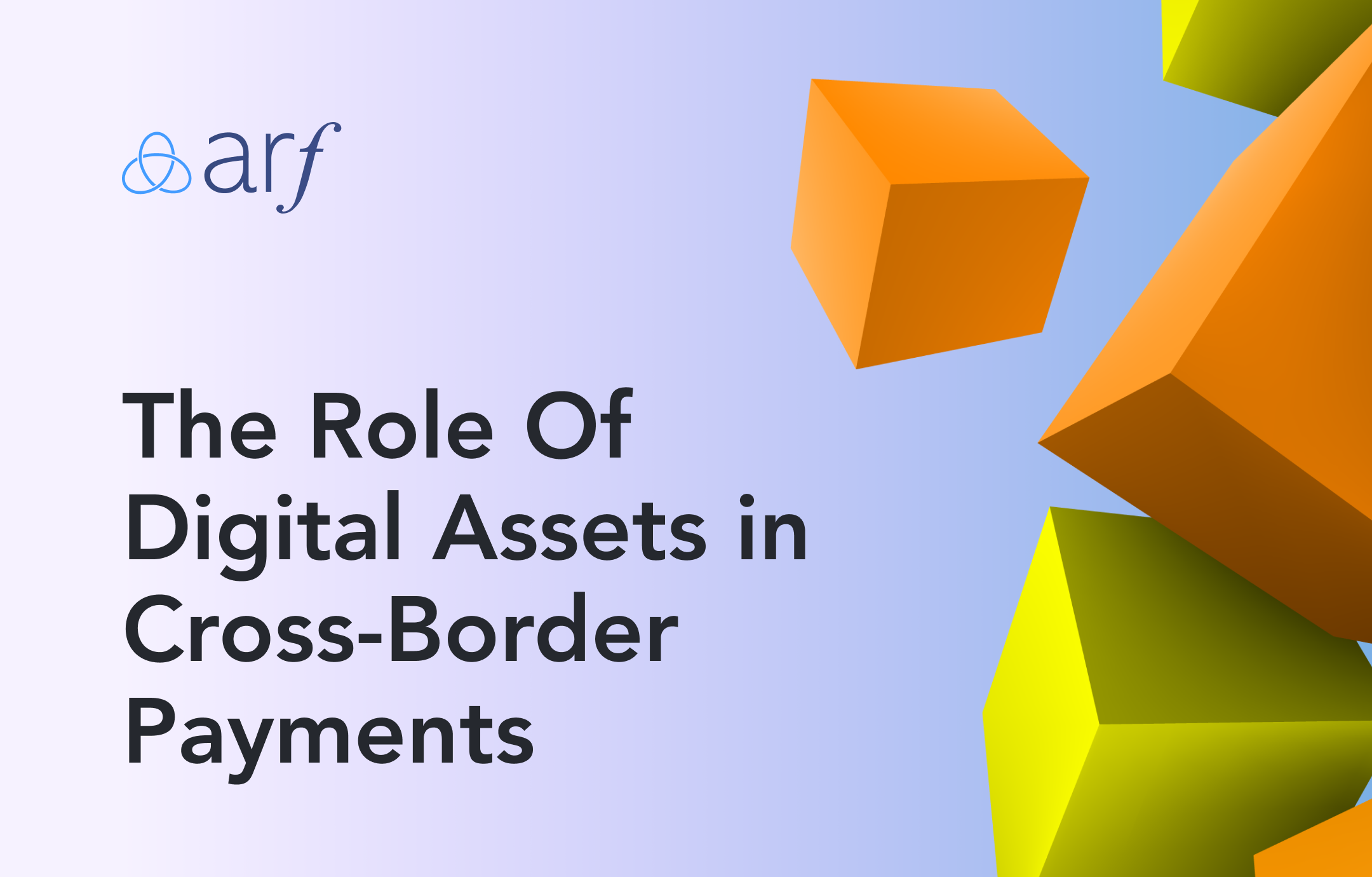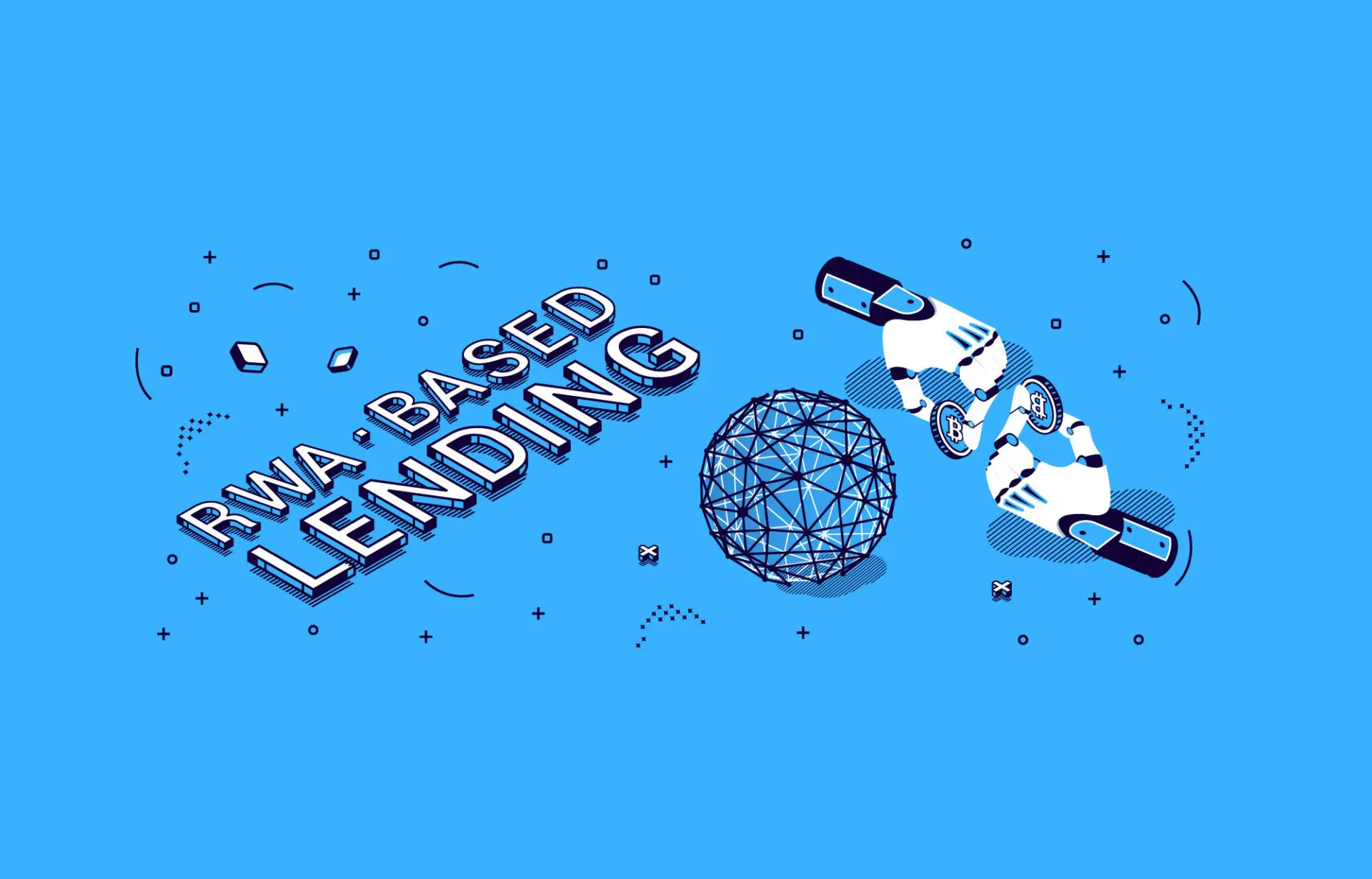Stablecoins can be backed by various sources, including fiat currency, other cryptocurrencies, precious metals, and algorithmic functions. However, their backing source highly impacts their risk level. A fiat-backed stablecoin, for example, is likely more stable because it is linked to a centralized financial system, where a regulating authority like a central bank can intervene in the valuations when they get volatile. On the other hand, a bitcoin-backed stablecoin, may be exposed to high volatility as it is not linked to a centralized system, and has no financial authority to step in and control prices.[1]
The most popular stablecoins today are backed by 1:1 fiat currency. The underlying fiat collateral is reserved by a financial institution or central issuer, and must remain equivalent to the number of stablecoins in circulation. In other words, there needs to be sufficient backing of adequate quality assets for stablecoins to operate legally. For instance, if an issuer has $10 million of fiat currency, it can only distribute 10 million stablecoins, each worth one dollar.[2]
The majority of the world’s stablecoins are pegged to USD, which is managed by the Federal Reserve, the USA’s central bank.[3] They are backed by a proportionally 1:1 amount of US dollars, making the price of a stablecoin token pegged to $1.[4]
Currently, USDT (Tether) and USDC (USD Coin) dominate the stablecoin market. World’s first stablecoin, Tether, is the biggest stablecoin by $72.5 billion market capitalization. USD Coin (USDC) makes the second biggest one, with a market capitalization worth $34.3 billion.[5] Together, they have a combined share of more than 80% of the total stablecoin market.
Both stablecoins are backed by a blend of cash, cash-like products, short-term securities, and commercial paper. Tether revealed that around half of USDT reserves are held in commercial paper, whereas Circle stated that its USDC reserves largely consist of cash and highly liquid money-market funds.[6] The report published by Tether in June 2021[7] shows that 85% of its assets are in cash, cash equivalents, short-term deposits, and commercial papers.

Source: Cabital (2021)[8]
On the other hand, a report published by Circle[9] in May 2021 shows that USDC reserves have a greater share in cash and cash equivalents, while commercial papers have a smaller part. The higher proportion of cash and cash equivalents indicates its ability to fund large-scale USDC redemptions in case of a crisis, making it a more reliable player.

Source: Cabital (2021)
Today, the global stablecoin market reached $130 billion in size. Given their potentially disruptive impact, regular audits by independent auditors have vital importance. USDT is currently audited irregularly, which raises questions about its transparency; whereas USDC is audited once a month,[10] and had been subject to audits from at least five accounting firms that approved that it was 100% backed.[11]
In response to the rapid growth of stablecoins, various politicians and regulators around the world have started to call for new rules and legislation on stablecoins.[12] Over the recent months, many regulators expressed concerns that stablecoins are not fully backed in a transparent manner, stating they must be 100% backed by cash and should be audited regularly.[13] Moreover, a group of US regulators called for urgently needed legislation on USD-backed stablecoins, arguing that issuers of stablecoins should essentially be treated as banks.[14] In October 2021, the Bank for International Settlements (BIS) and the International Organization of Securities Commissions (IOSCO) published a report that proposed stablecoins to be regulated like major payment systems with the aim of safeguarding financial stability.[15]
While regulators are expressing concerns about stablecoins’ potential illicit use and weak oversight, a financial environment that both enables healthy growth for stablecoins and ensures economic safety is clearly needed. Making sure that regulations don’t hamper the potential future stablecoins offer while ensuring a transparent and secure financial system seems to remain an ongoing challenge.
[1] https://www.nerdwallet.com/article/investing/stablecoin
[2] https://www.gemini.com/cryptopedia/what-are-stablecoins-how-do-they-work#section-stablecoin-taxonomy
[3] https://www.investopedia.com/terms/u/usd.asp
[4] https://www.investopedia.com/terms/t/tether-usdt.asp
[5] https://coinmarketcap.com
[6] https://www.coindesk.com/policy/2021/09/29/pro-crypto-senator-lummis-thinks-stablecoins-should-face-audits/
[7] https://tether.to/wp-content/uploads/2021/08/tether_assuranceconsolidated_reserves_report_2021-06-30.pdf
[8] https://www.cabital.com/blog/stablecoins-whats-the-difference-between-usdt-and-usdc
[9] https://www.centre.io/hubfs/pdfs/attestation/Grant-Thorton_circle_usdc_reserves_07162021.pdf
[10] https://medium.com/guarda/the-difference-between-usdc-and-usdt-stablecoins-a61f3fb2be9a
[11] https://news.bitcoin.com/tethers-stablecoin-dominance-drops-below-80-as-audit-controversy-lingers-on-on/
[12] https://fortune.com/2021/10/08/stablecoins-tether-cryptocurrency-everything-to-know/
[13] https://www.coindesk.com/policy/2021/09/29/pro-crypto-senator-lummis-thinks-stablecoins-should-face-audits/
[14] https://www.ft.com/content/acdf7d95-5bd6-4723-9876-46e6c40bb88a
[15] https://www.ledgerinsights.com/bis-iosco-open-consultation-on-regulating-stablecoins/





